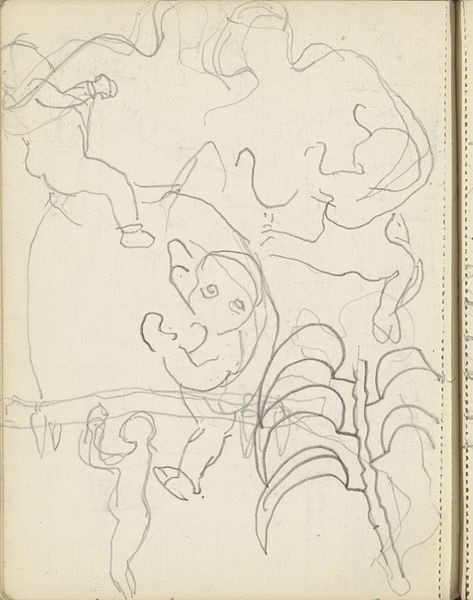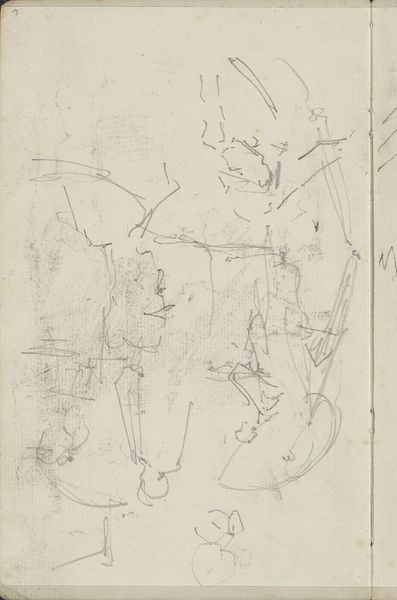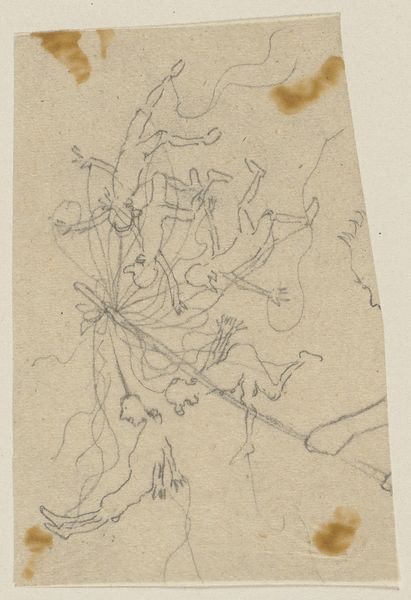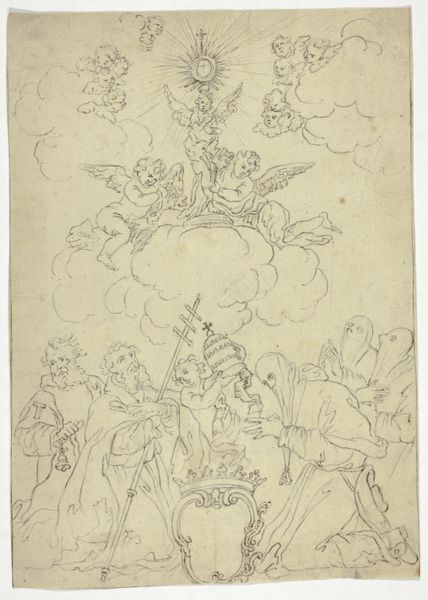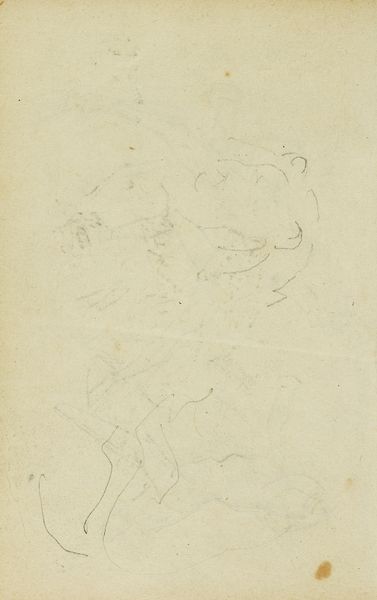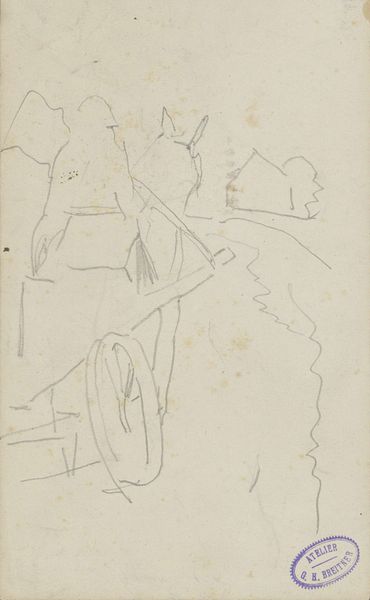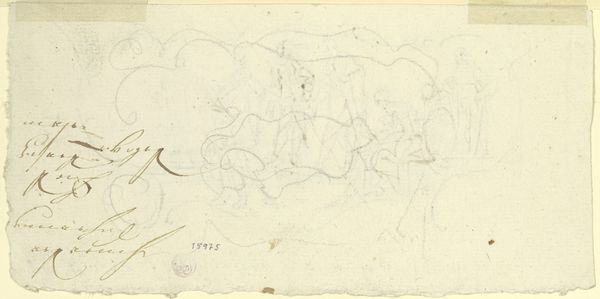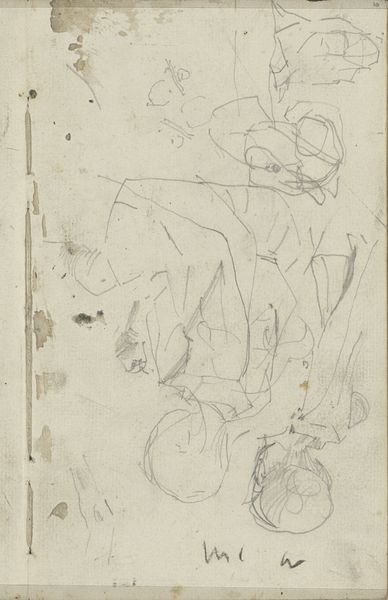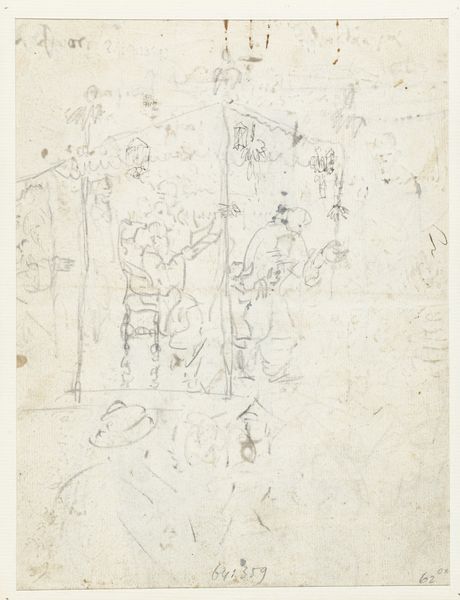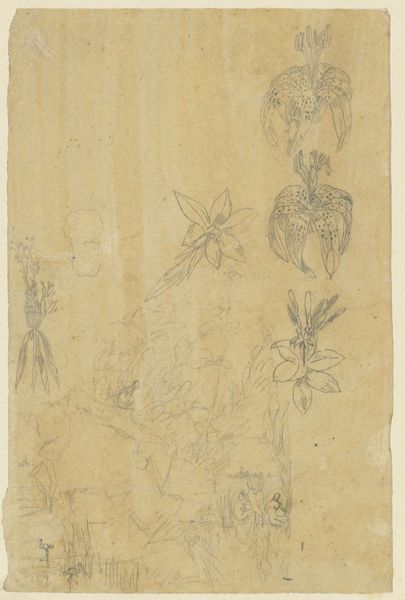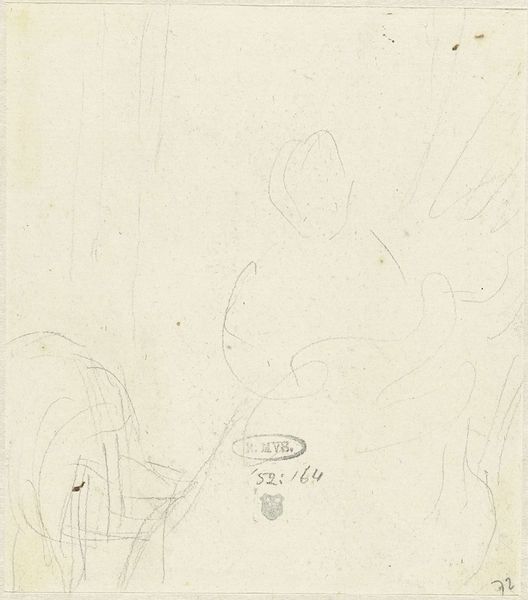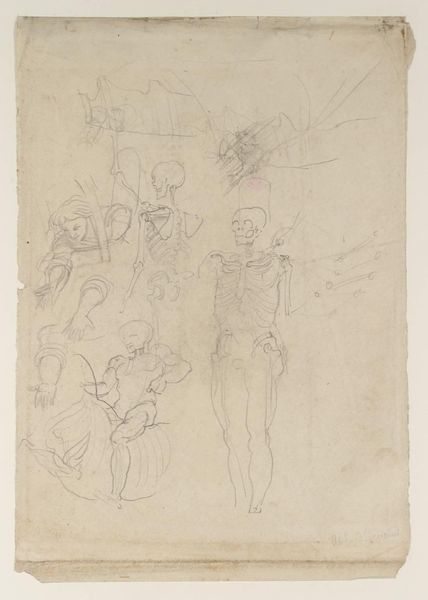
The Actors Tamazawa Saijiro I as the pageboy Umezaburo and Segawa Kikunojo I as Oroku in the play "Sazareishi Suehiro Genji," performed at the Nakamura Theater in the first month, 1744 1744
0:00
0:00
#
portrait
# print
#
asian-art
#
ukiyo-e
#
genre-painting
Dimensions: 28.4 × 15 cm (11 3/16 × 5 7/8 in.)
Copyright: Public Domain
Editor: Here we have a print from 1744 by Torii Kiyomasu II, titled "The Actors Tamazawa Saijiro I as the pageboy Umezaburo and Segawa Kikunojo I as Oroku in the play 'Sazareishi Suehiro Genji,' performed at the Nakamura Theater." It feels ephemeral, like a memory fading. What stands out to you most in this piece? Curator: What captivates me is how this print encapsulates the fluidity of identity within the Kabuki theater. Kabuki, even then, offered a space to challenge rigid social norms and explore gender performance. Notice how Segawa Kikunojo I, a male actor, embodies the female role of Oroku. It invites us to question fixed categories. How does this performative cross-dressing challenge contemporary views on gender roles? Editor: It's fascinating to consider that. I guess seeing it only as a representation of a play misses the subversive aspect. Were there real-world implications? Curator: Absolutely! Ukiyo-e prints like this circulated widely, popularizing the actors and their roles, blurring the lines between the stage and the streets. The actors became icons. What do you make of the way the artists themselves were viewed? The prints both celebrated and potentially policed the blurring of lines. Editor: I never thought of that - the tension between celebration and policing. So the art itself participated in social discourse? Curator: Precisely. It reflected, amplified, and sometimes challenged prevailing social attitudes. Considering that performances of gender and identity can be revolutionary acts, how might we read this image as a form of resistance against the restrictive norms of the time? Editor: So much to consider, far beyond just a theatrical scene! It highlights the complexities inherent to this portrayal and the role of theater as commentary. Curator: Exactly. By examining these visual records, we can better appreciate the progressive potential within historical forms of art and entertainment.
Comments
No comments
Be the first to comment and join the conversation on the ultimate creative platform.
